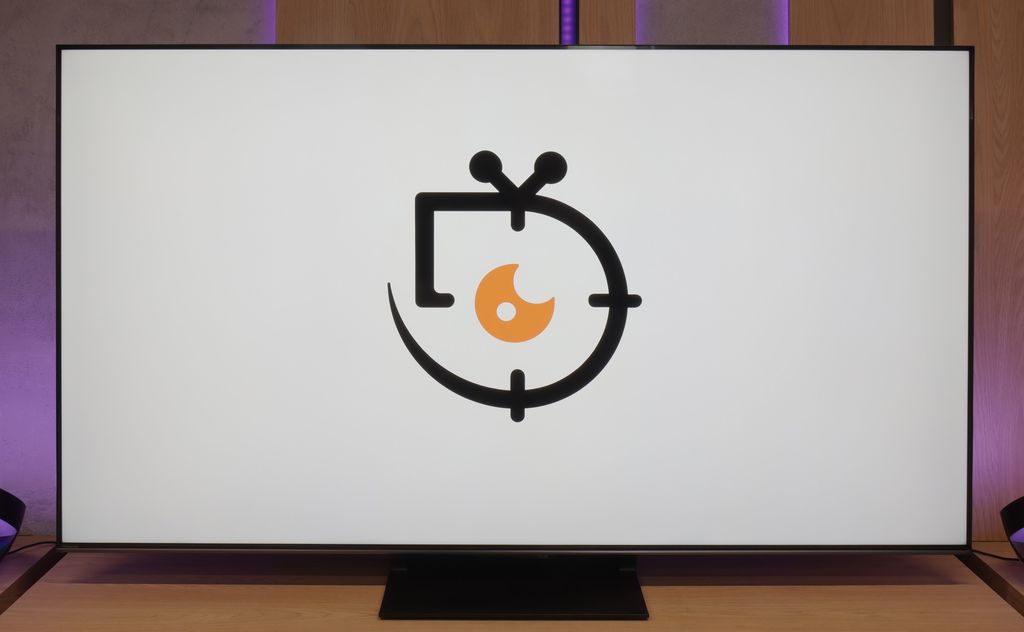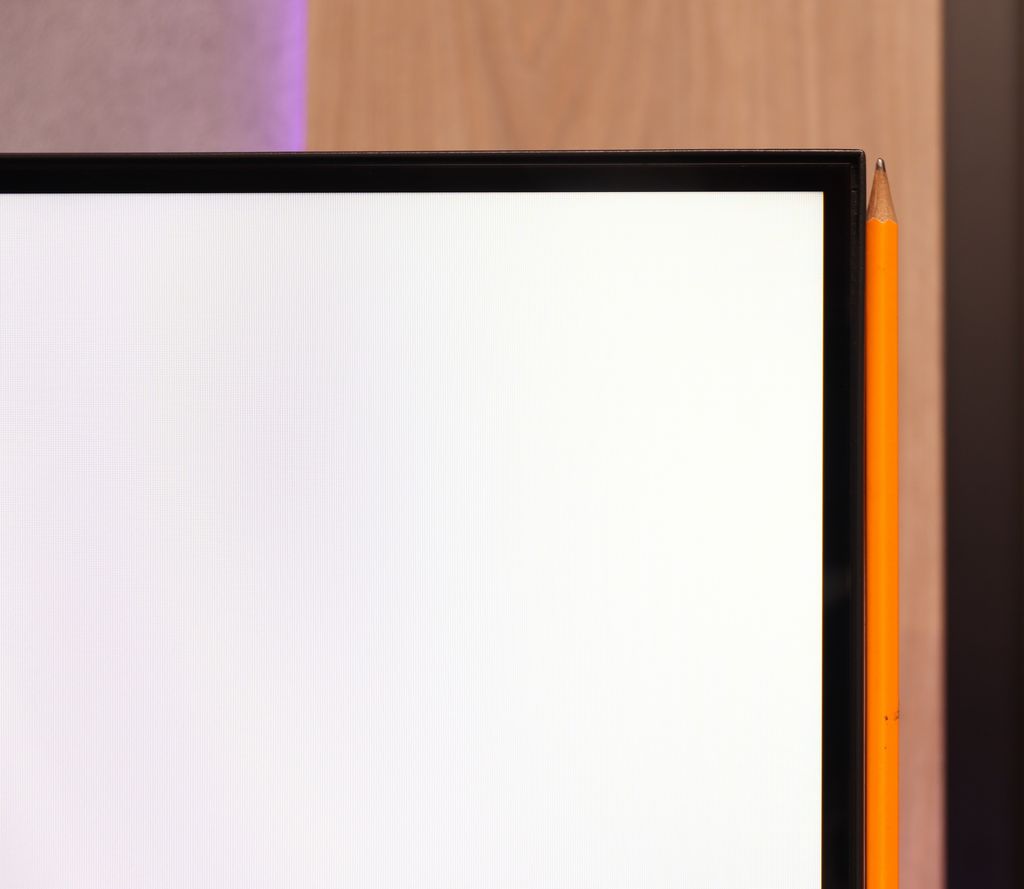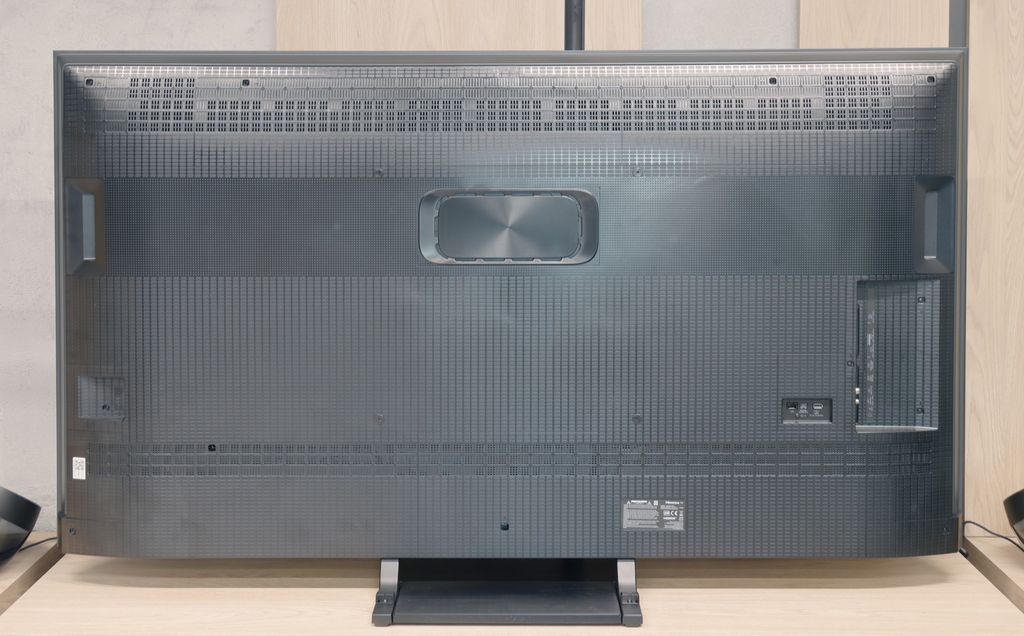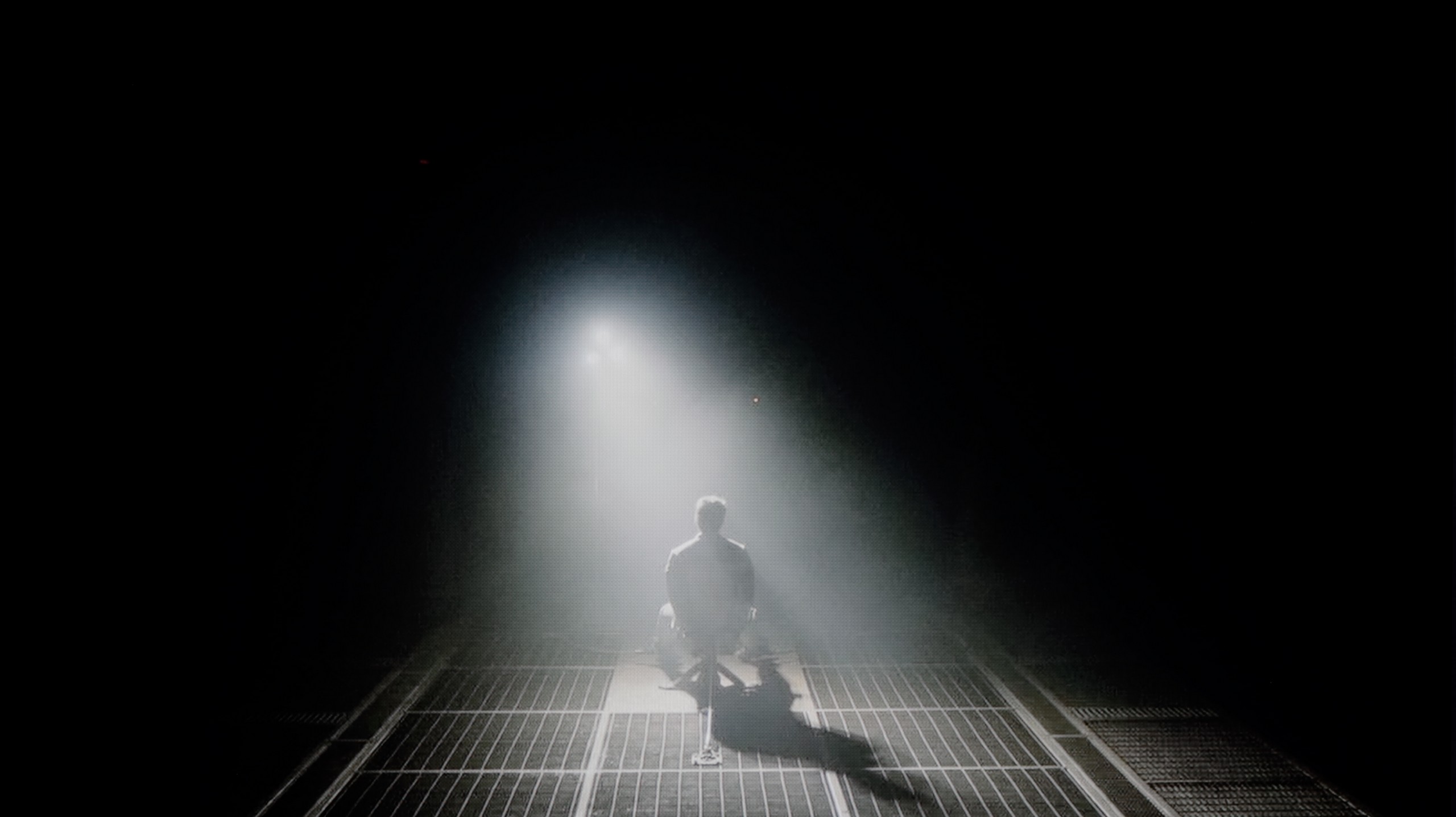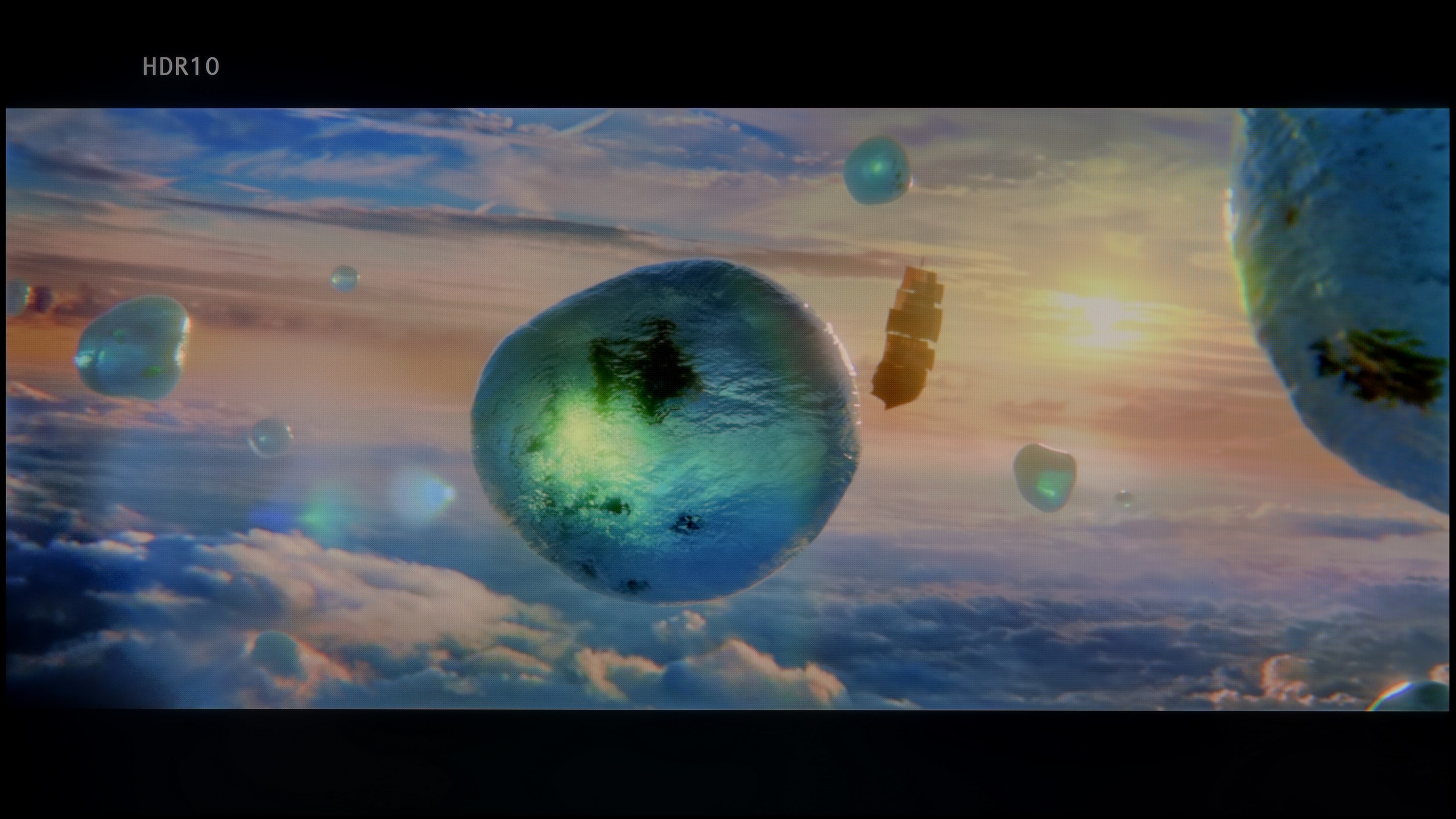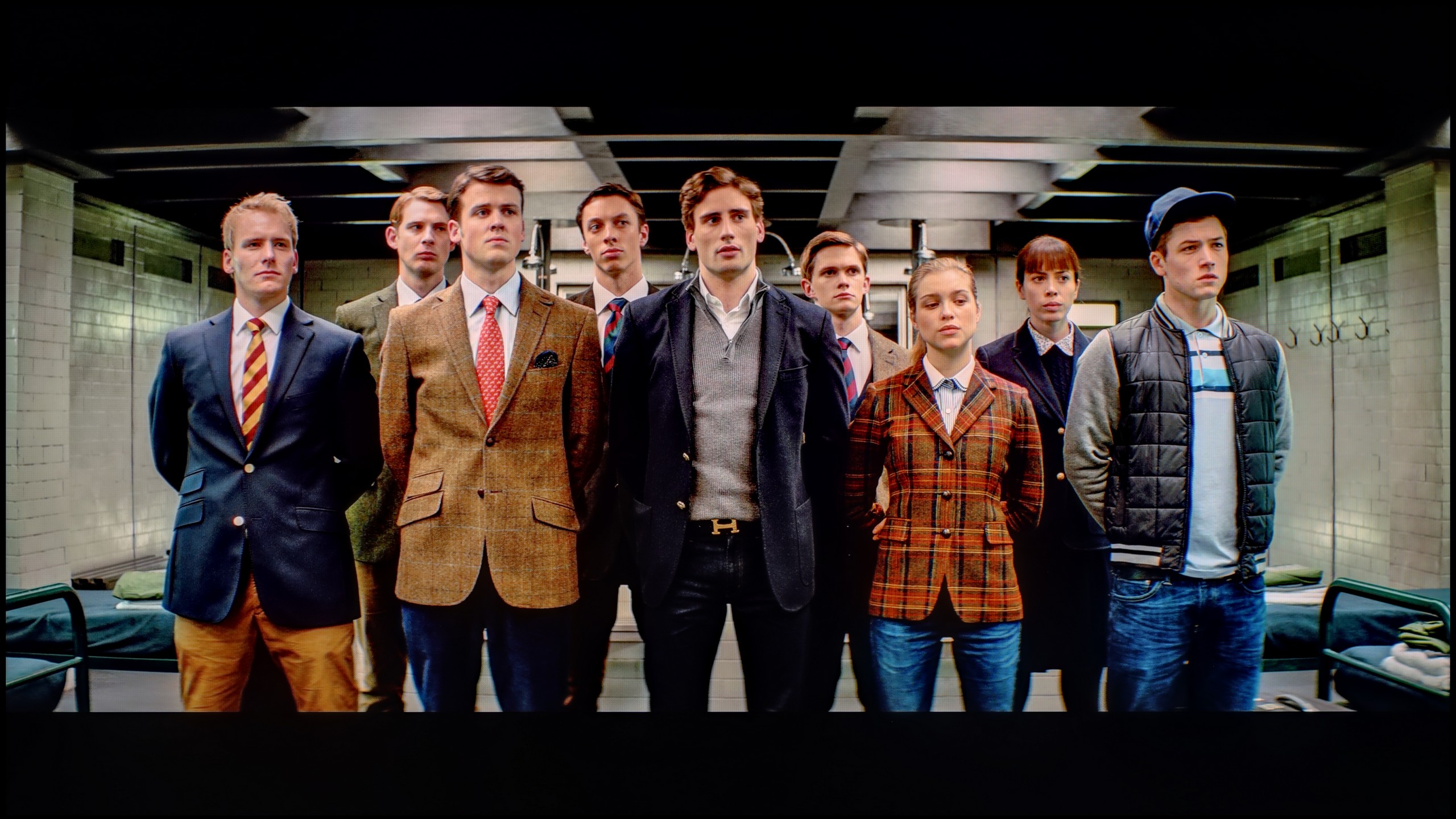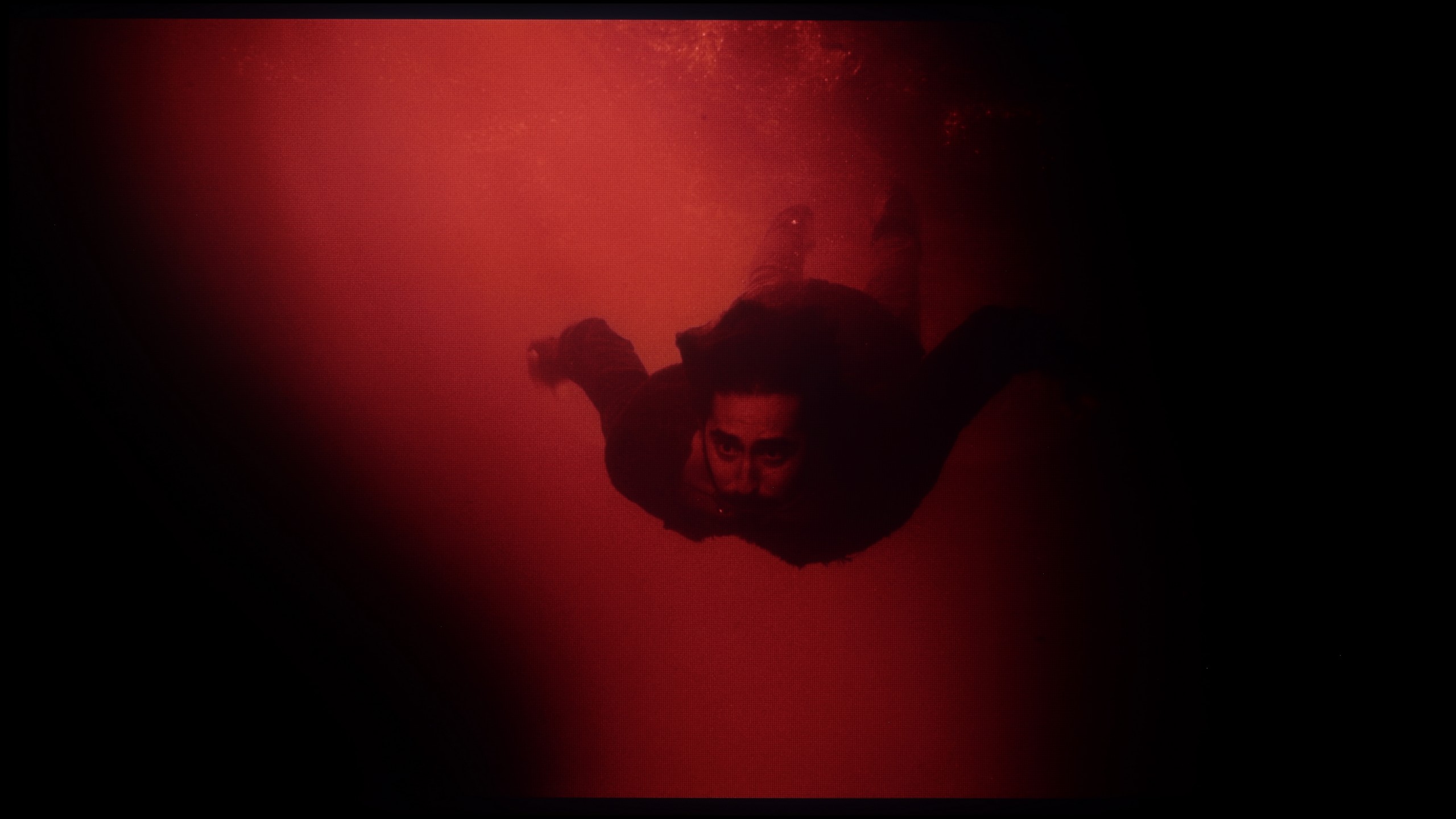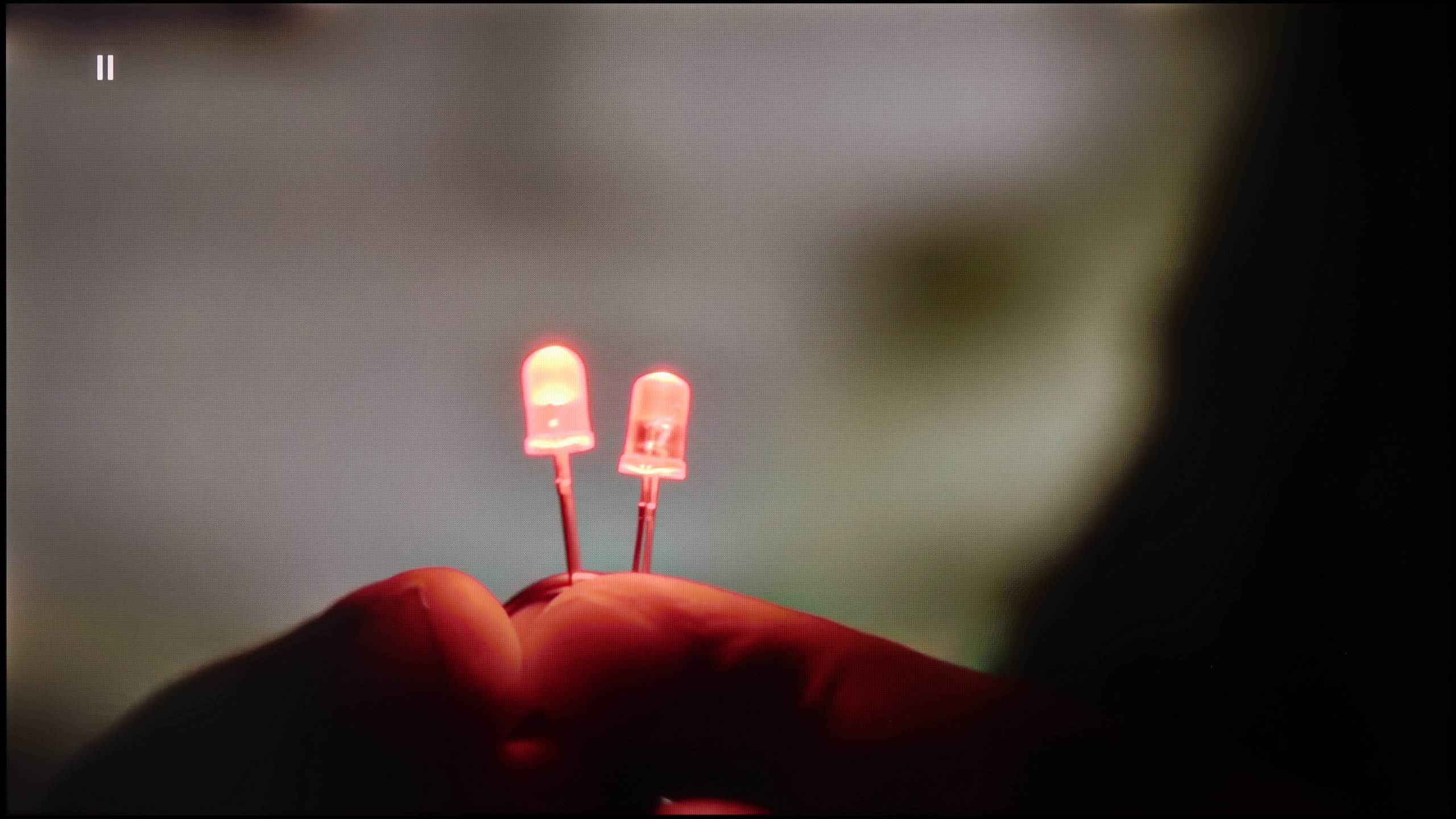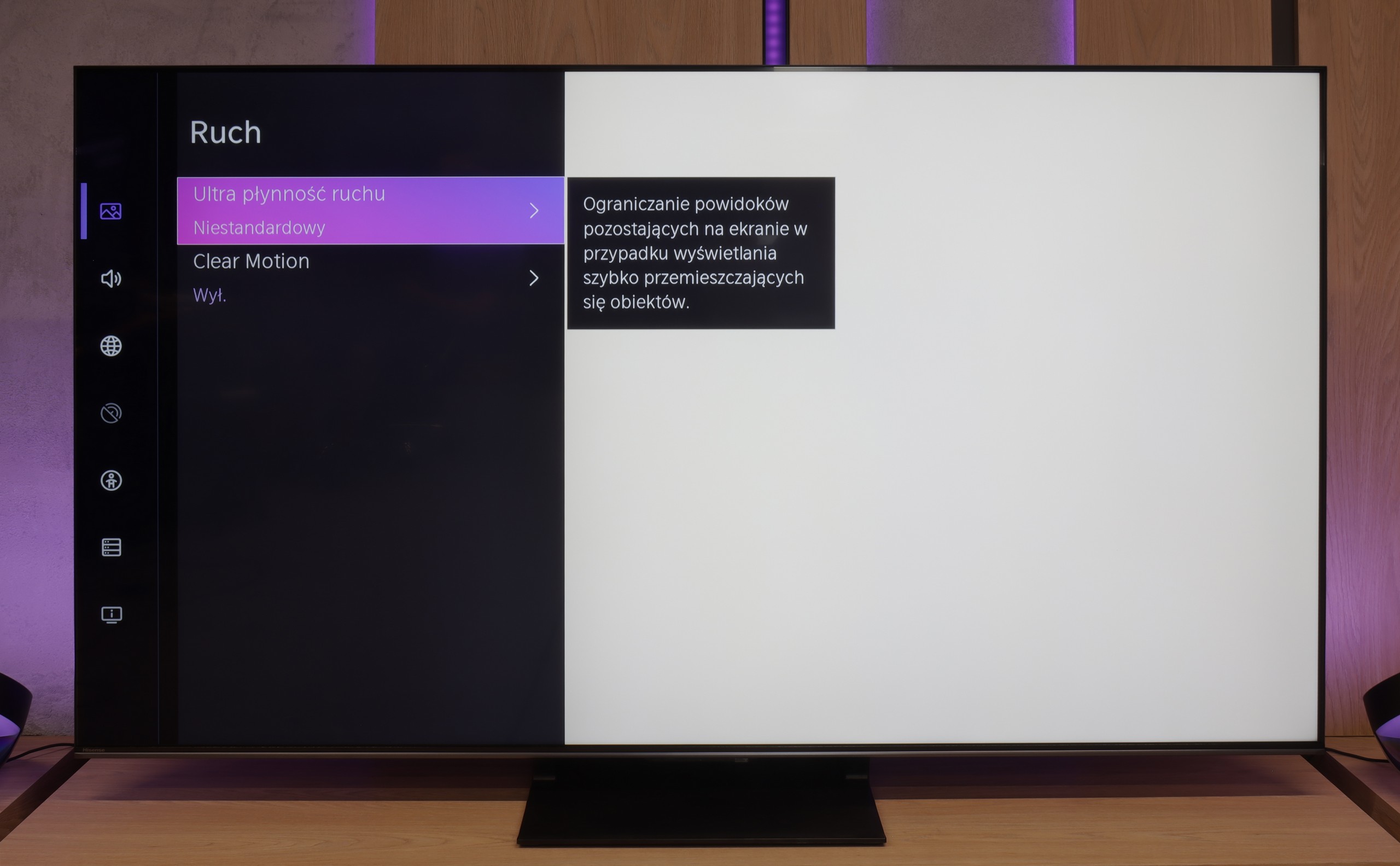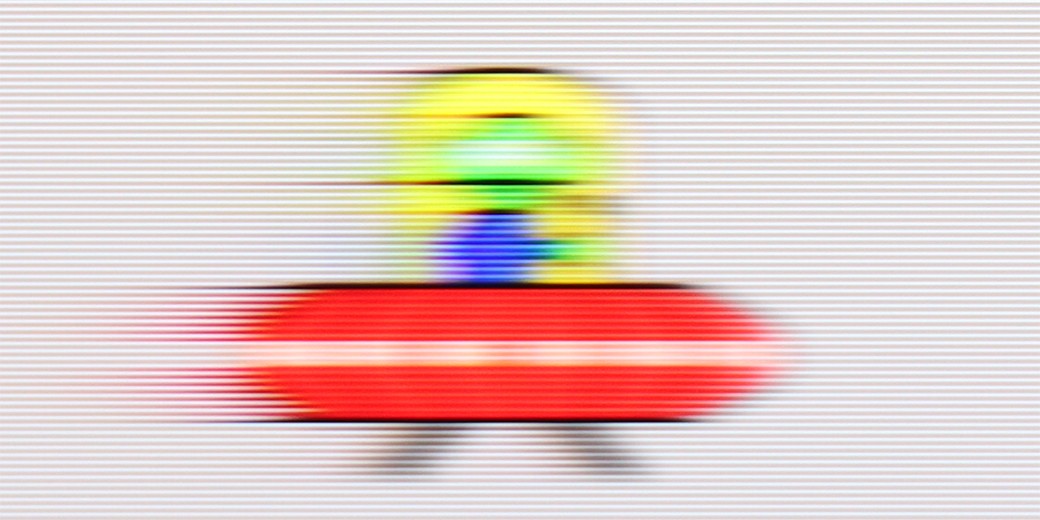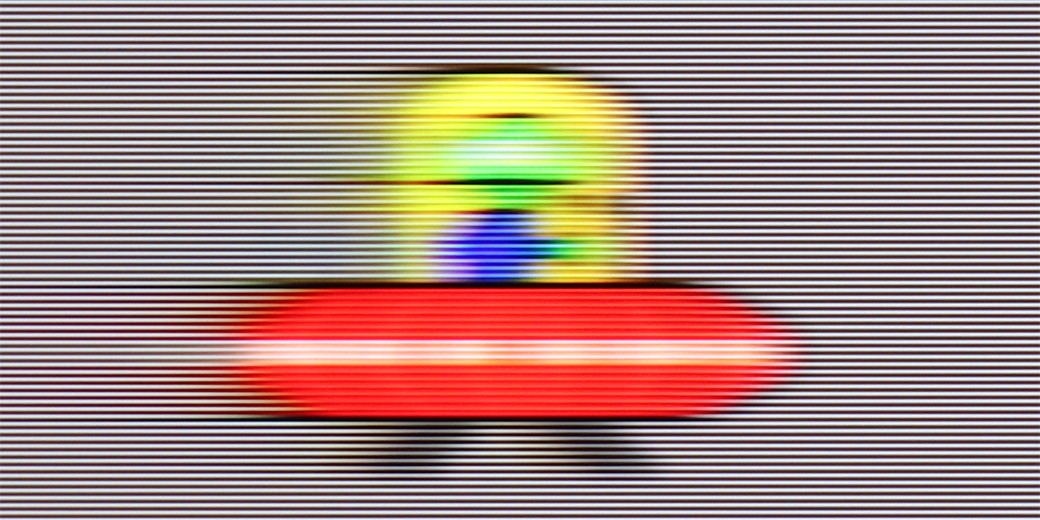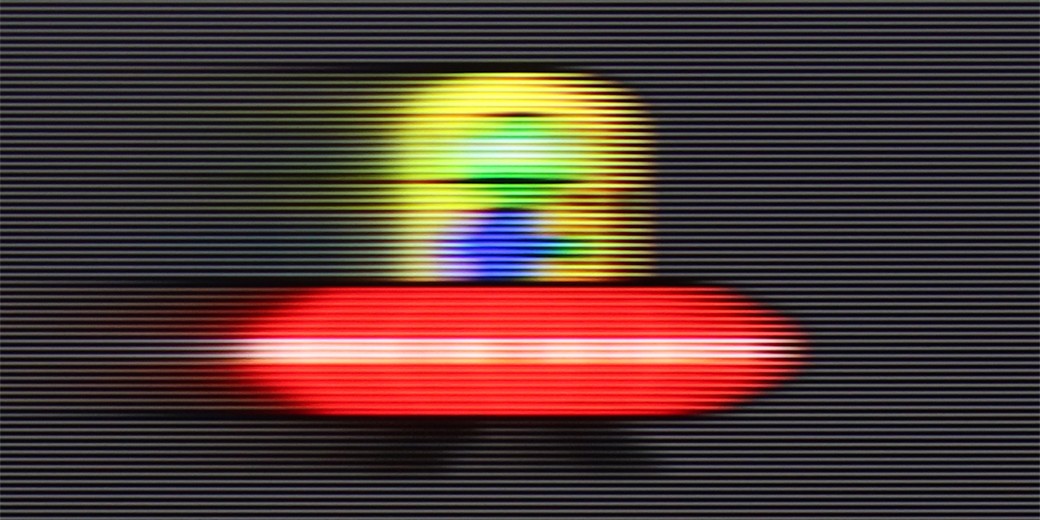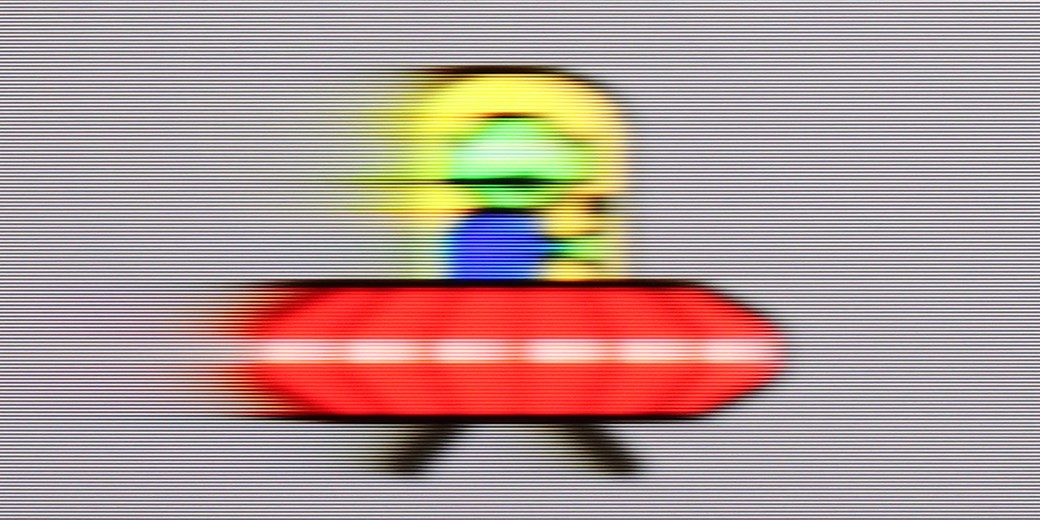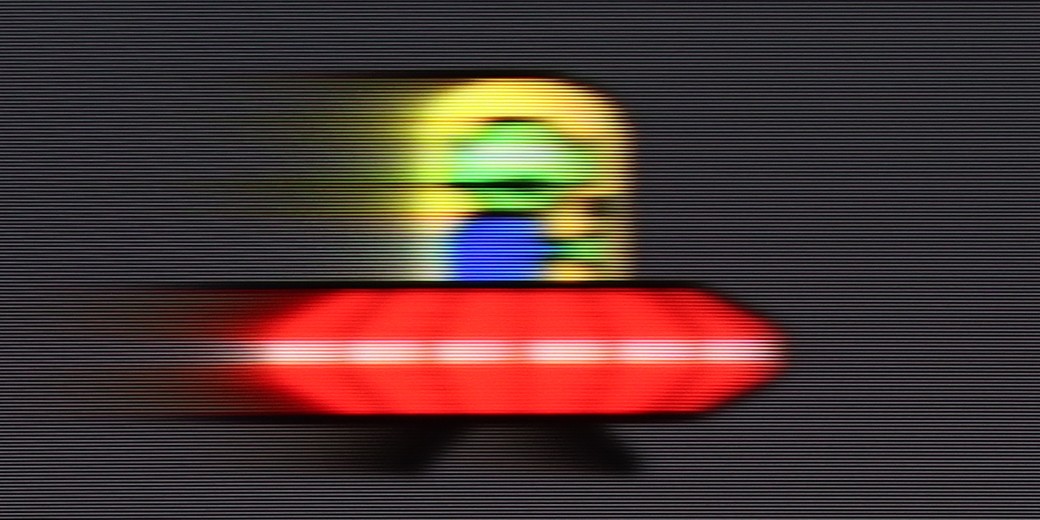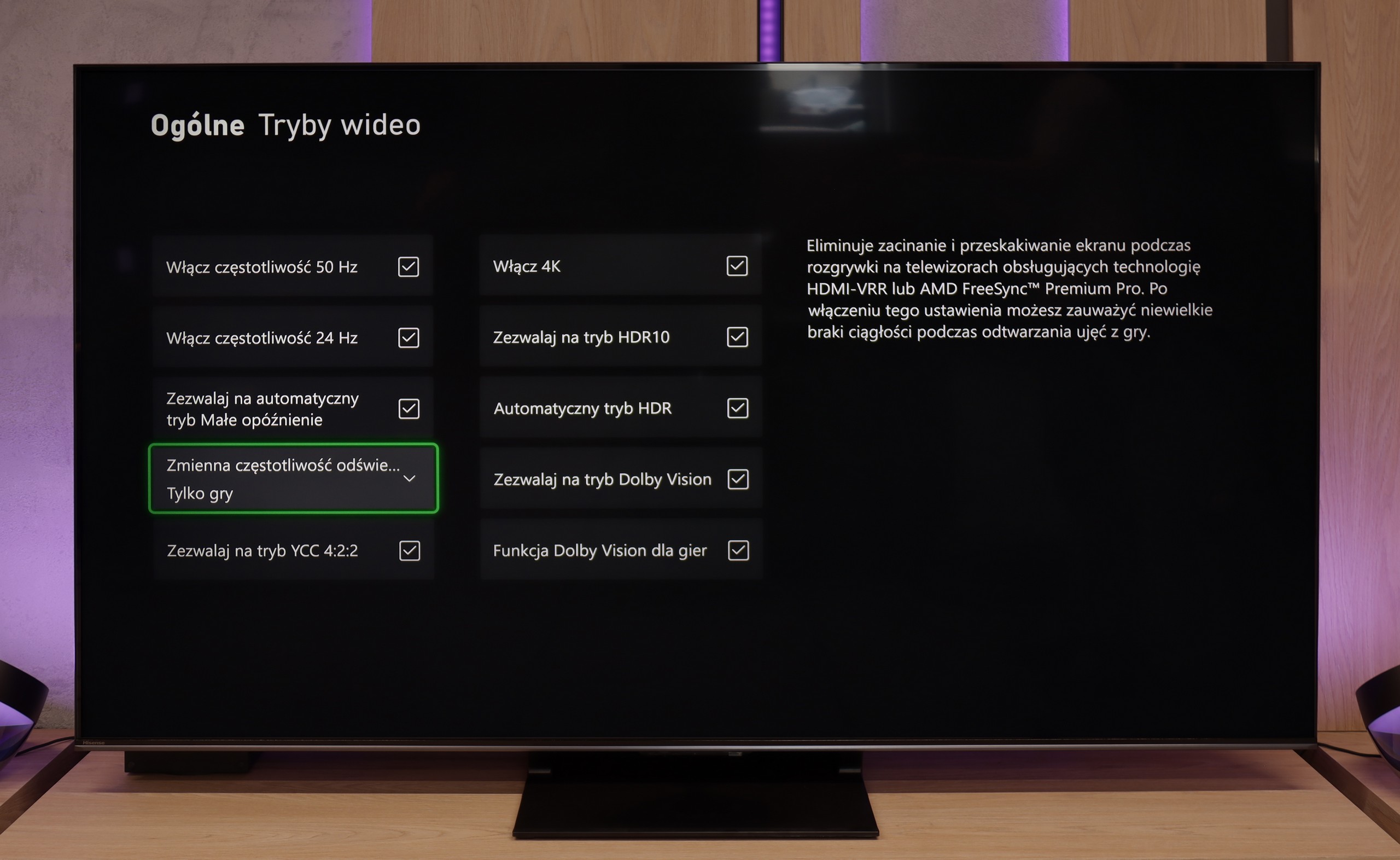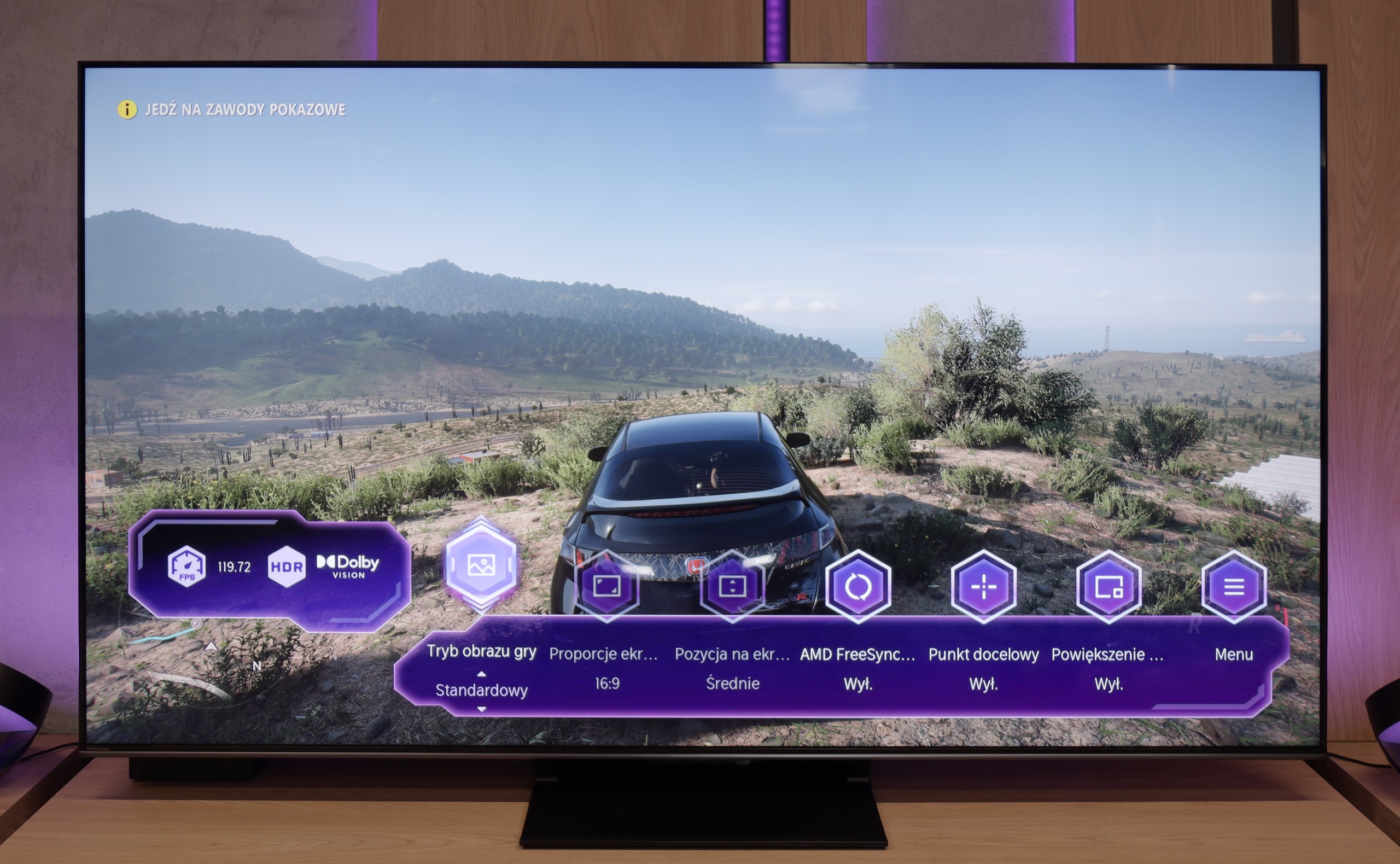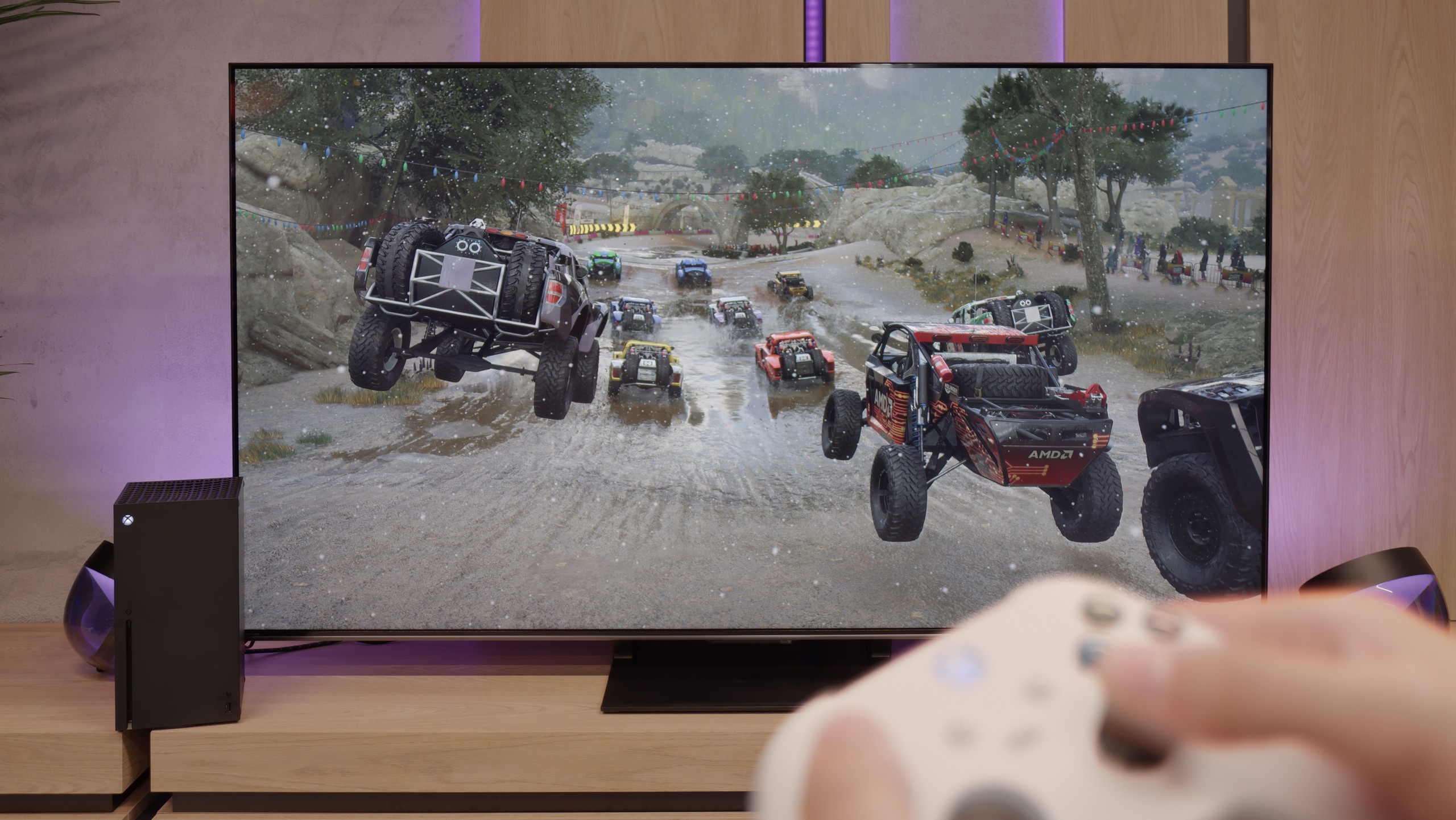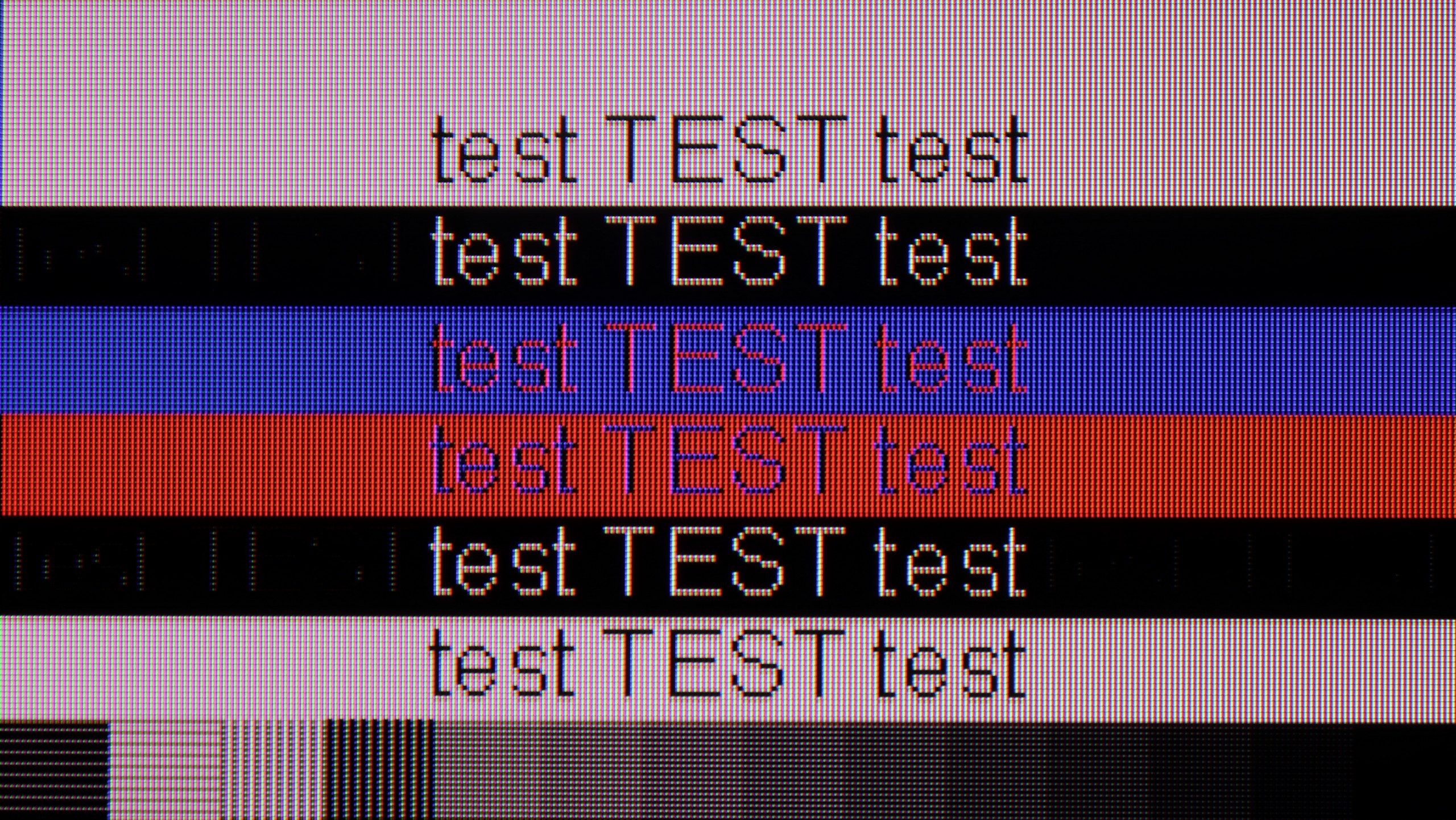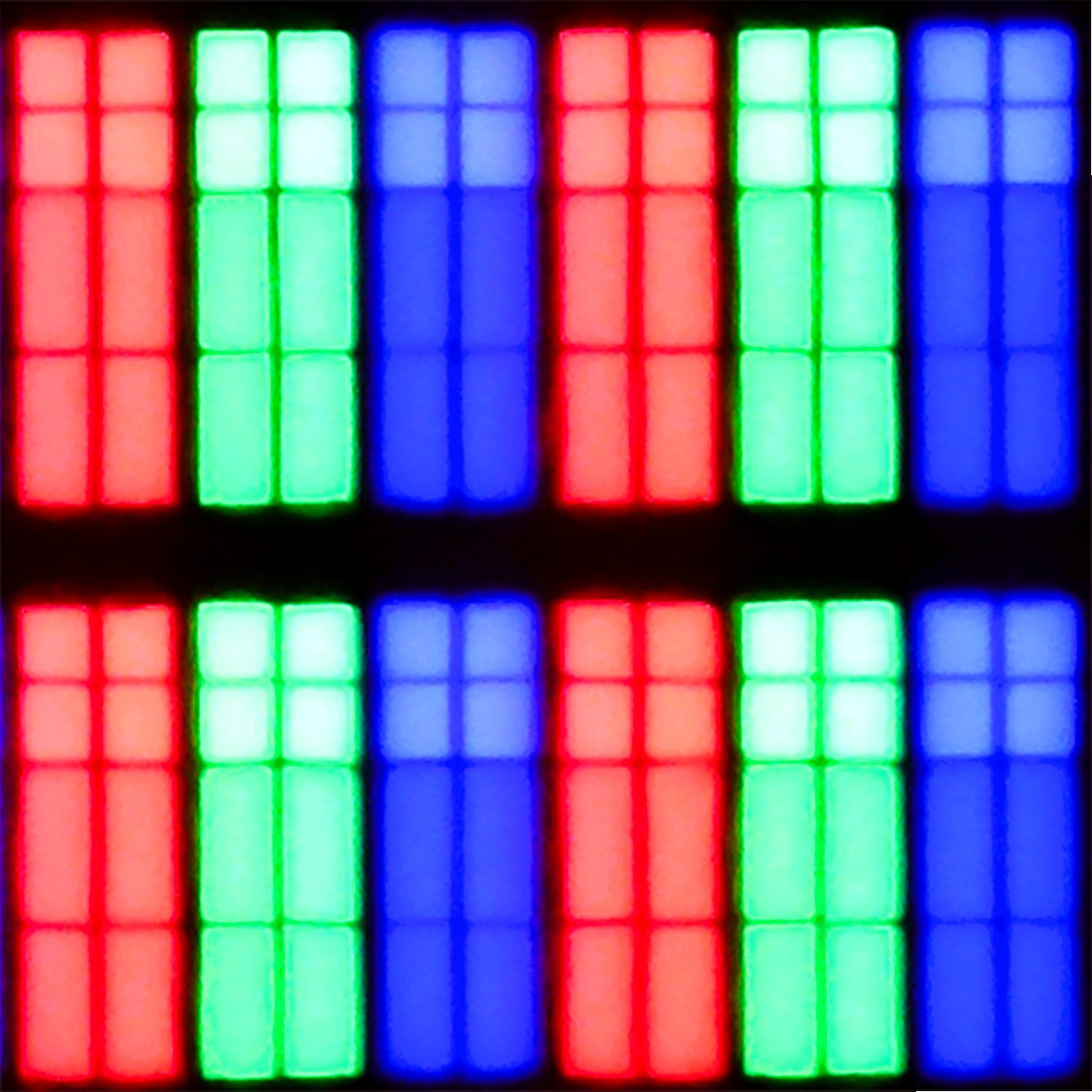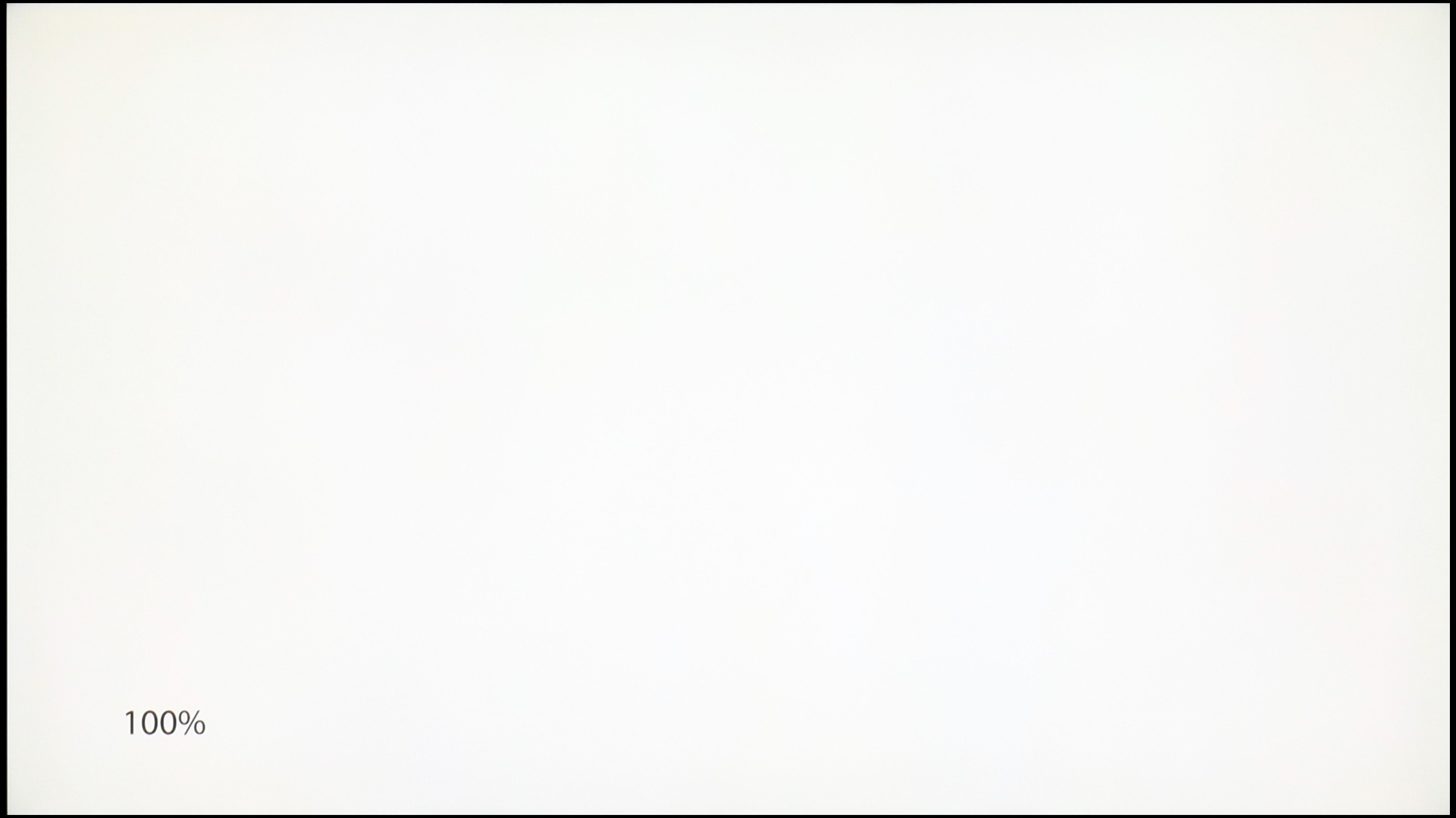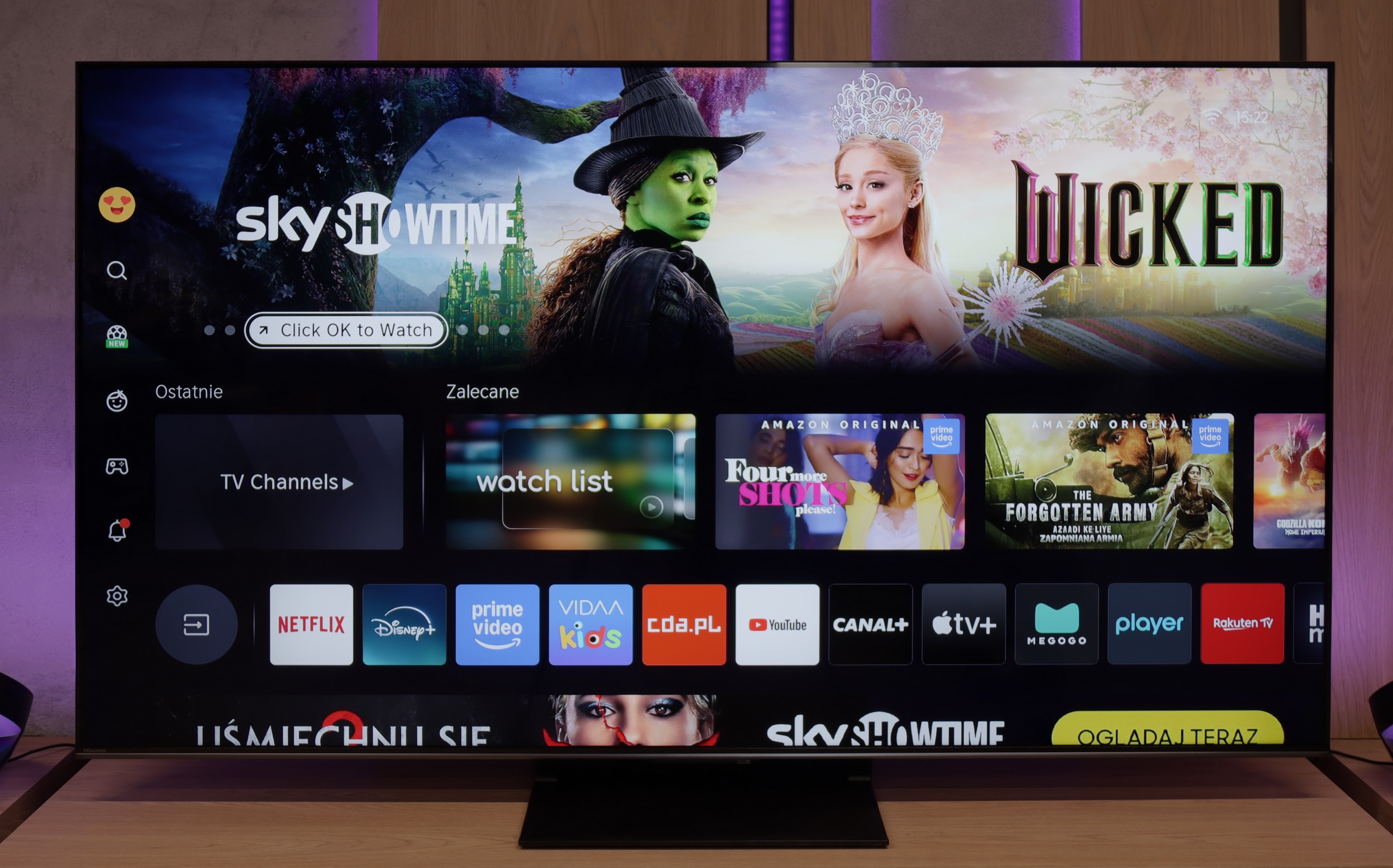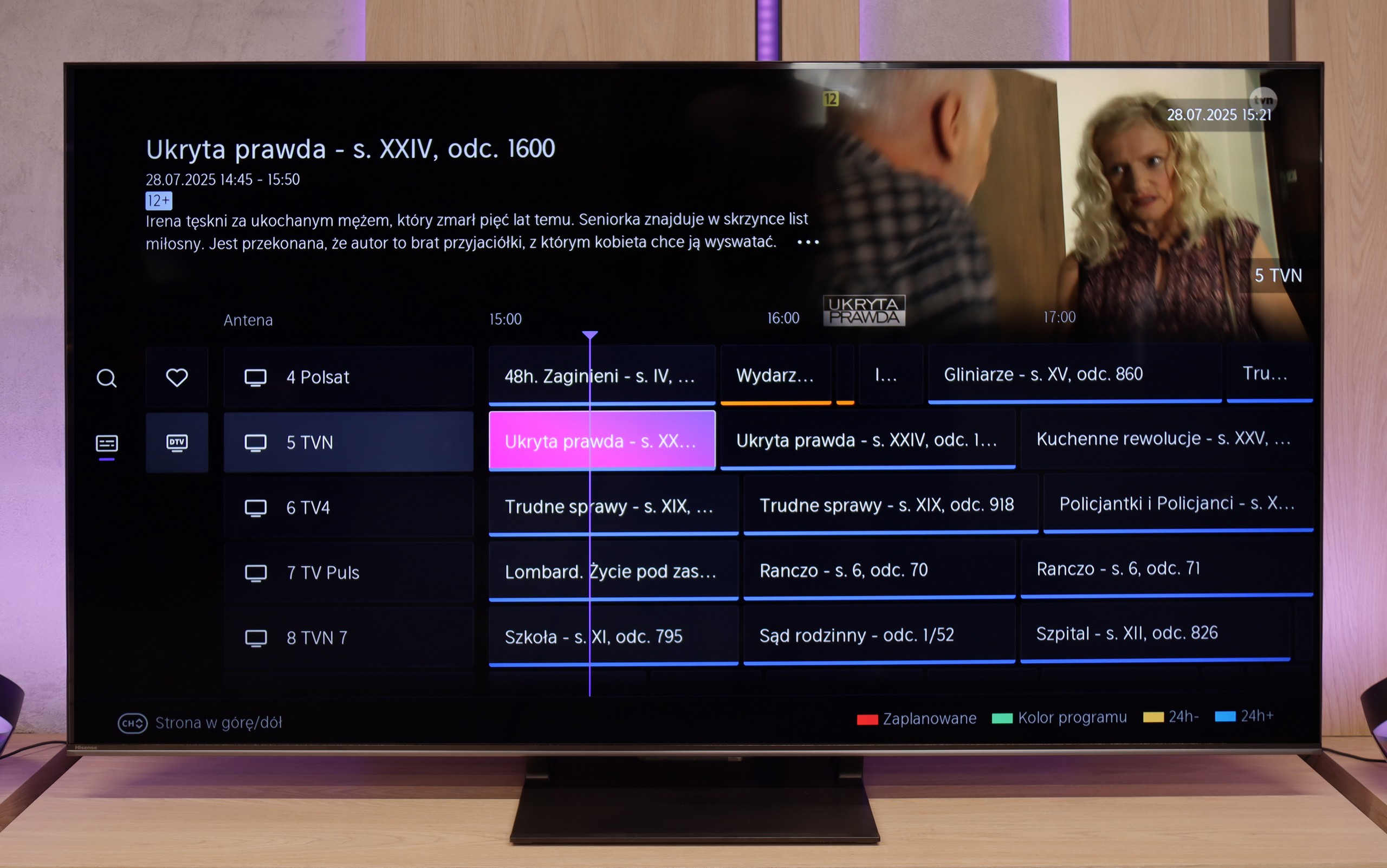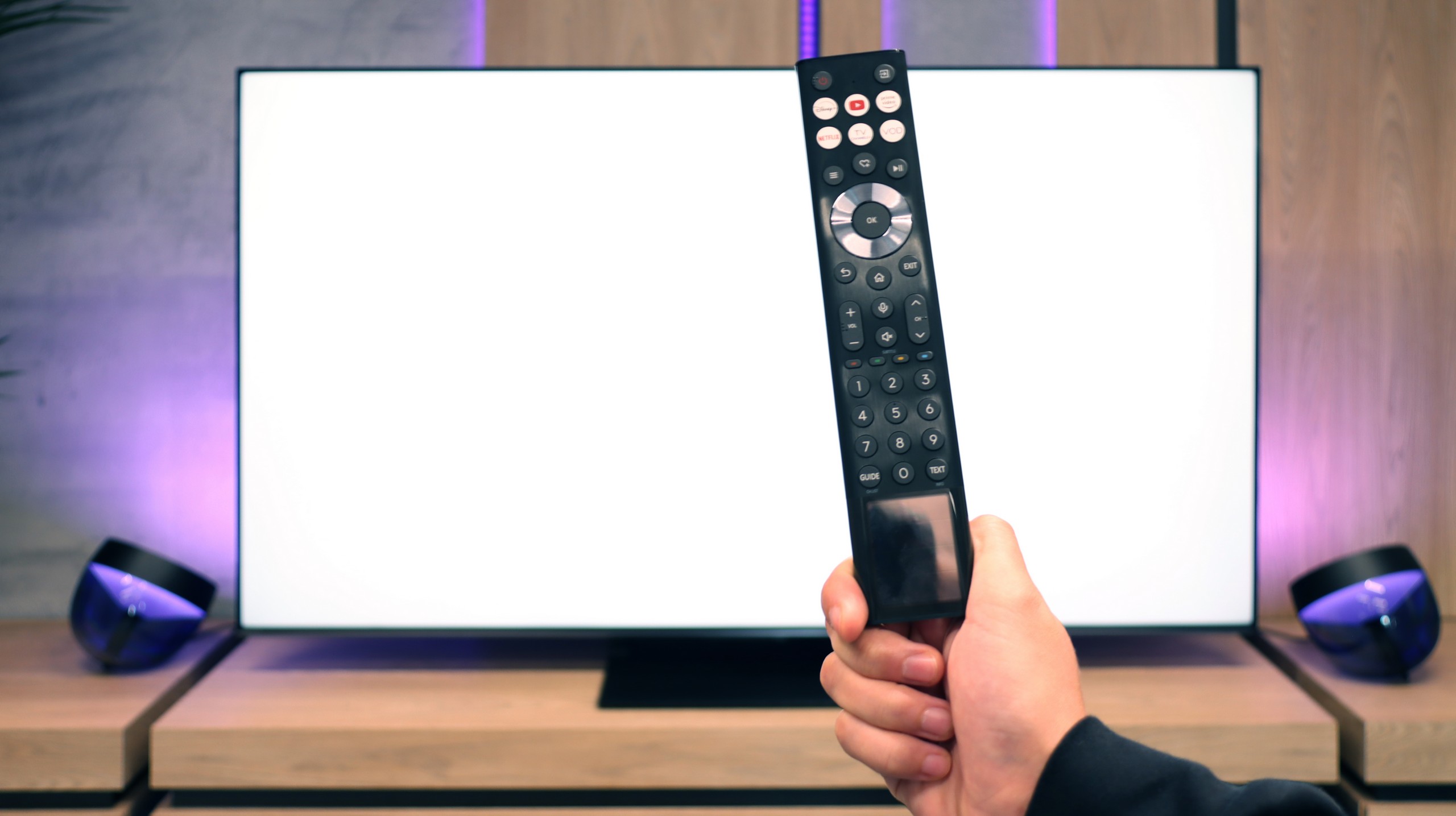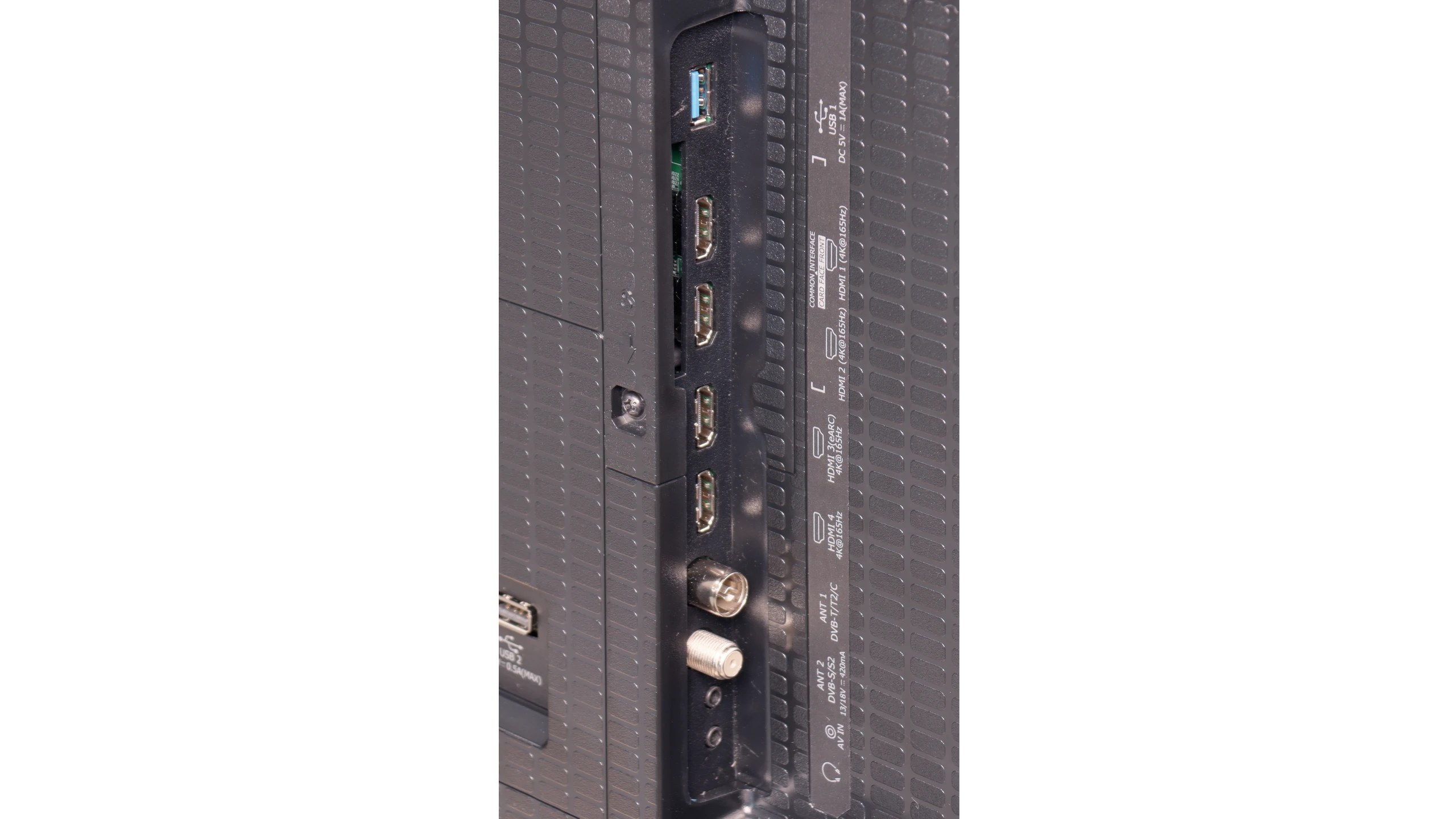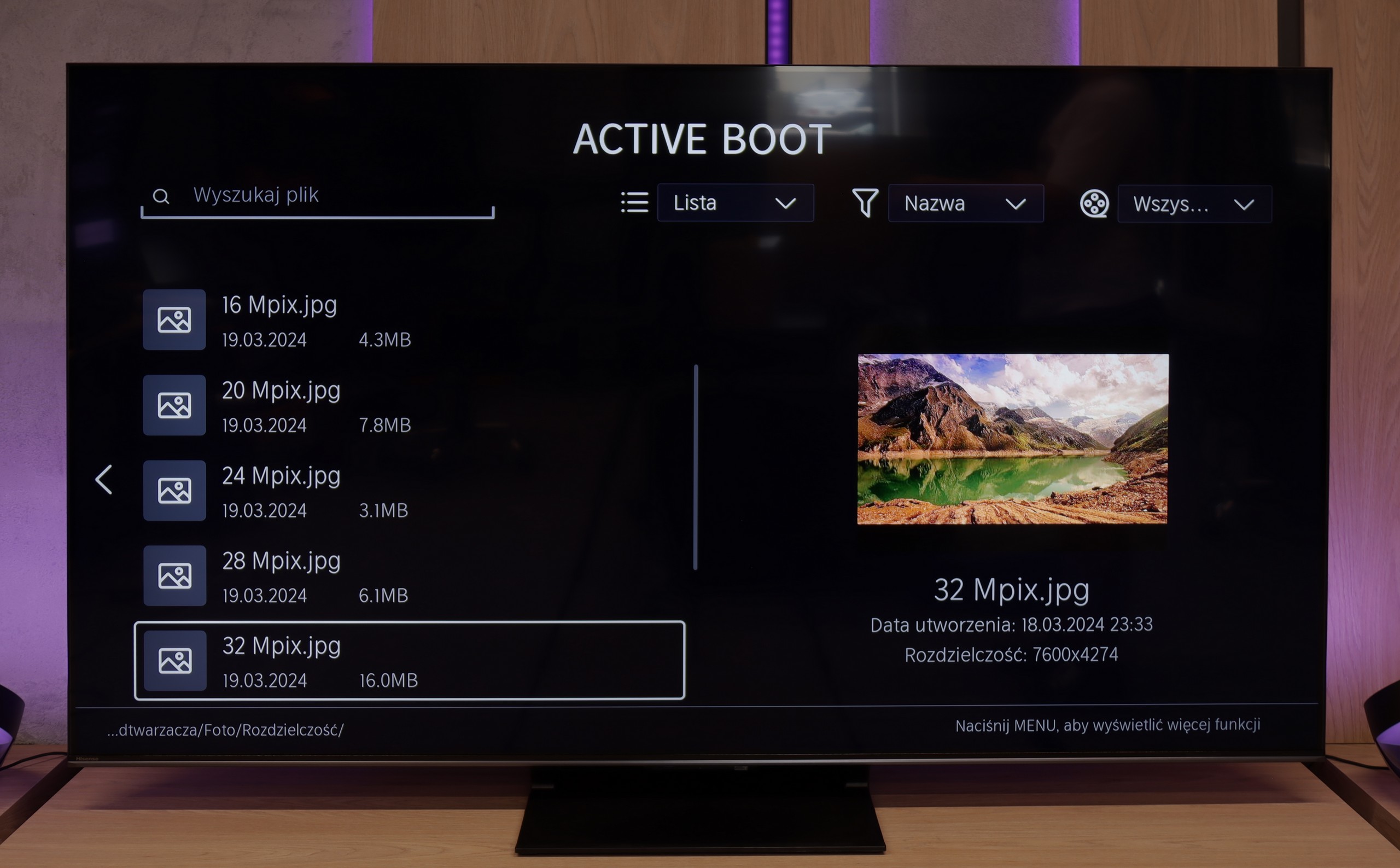The LG C4 stands out in its price range, likely offering little competition for many users. With its versatile features, it is perfect for movie and series enthusiasts, as well as gamers. The advanced WebOS system, paired with a remote that functions like a mouse, ensures an excellent user experience, making it a compelling choice for long-term brand loyalty. The OLED panel, built on over a decade of expertise, continues to impress with its ability to deliver a dynamic and immersive viewing experience. The brightness performance on HDR content is exceptional, with a deep and vibrant image. The dynamic tone mapping function is particularly noteworthy, making HDR10 content nearly as stunning as Dolby Vision.
Additionally, LG's televisions are well-suited for calibration, offering flexibility for home users with basic settings and professionals using 3D LUTs. For gaming enthusiasts, the LG C4 is a top choice, like most of the manufacturer’s OLED models. Thanks to HDMI 2.1 support and features like VRR, ALLM, FreeSync, and G-Sync, the gaming experience is incredibly smooth. The panel’s 144Hz refresh rate and advanced motion smoothing make it ideal for high-performance sports broadcasts. Overall, it’s hard to fault the LG OLED C4, as it offers exceptional features at a competitive price.






